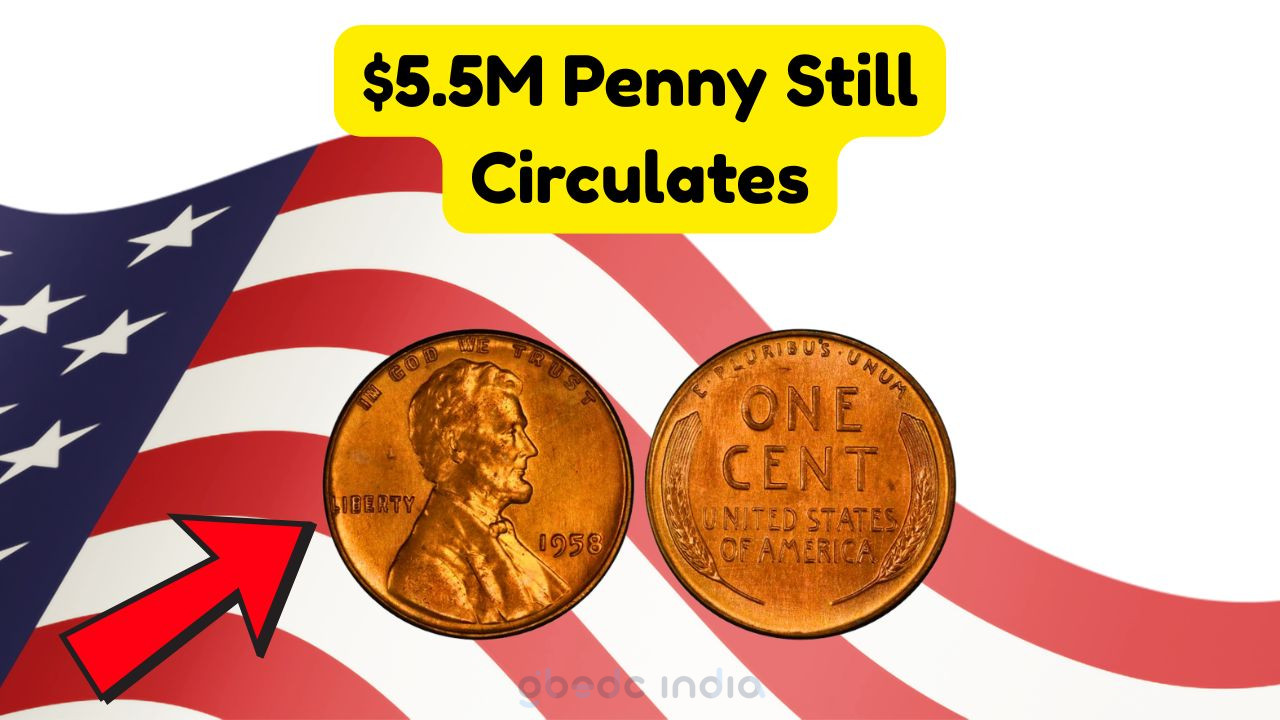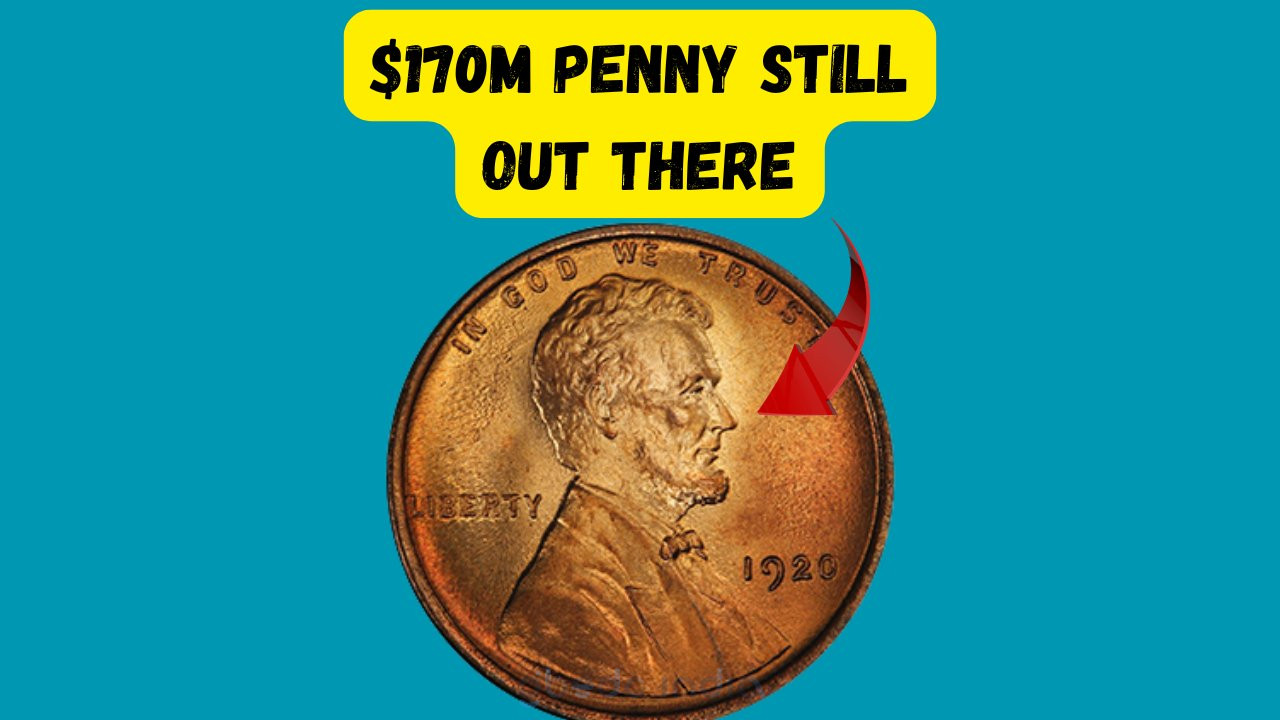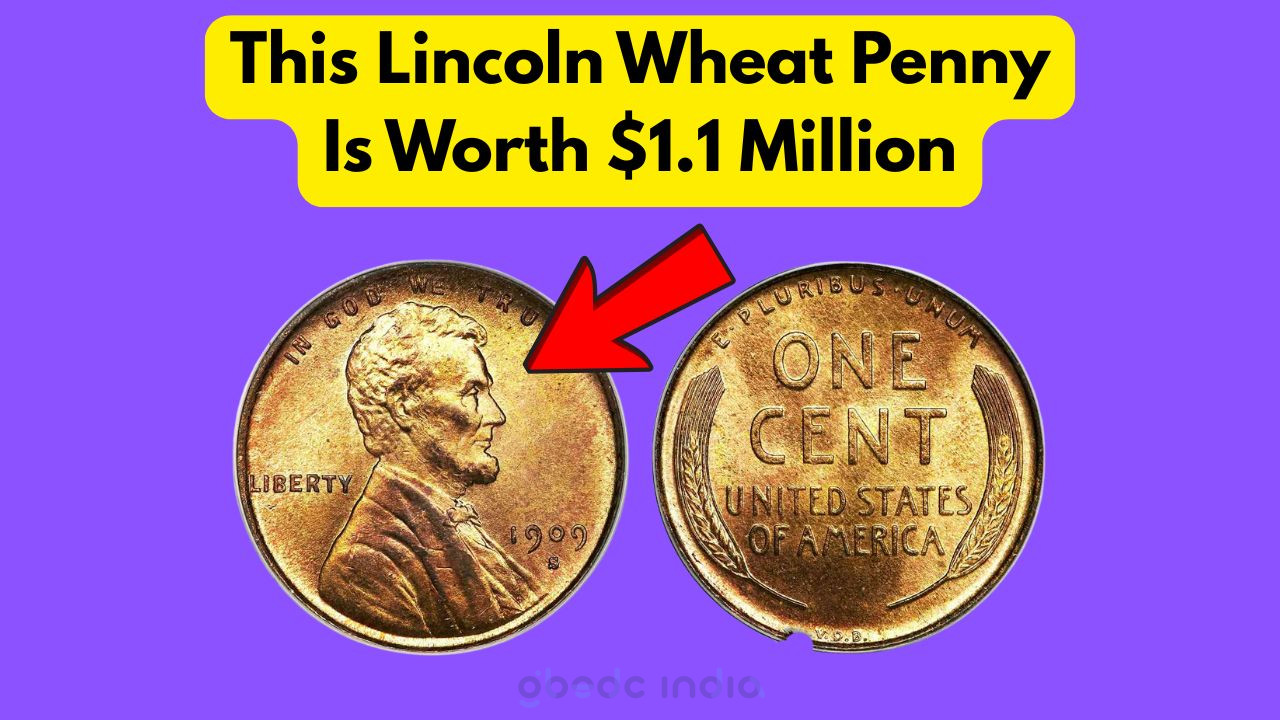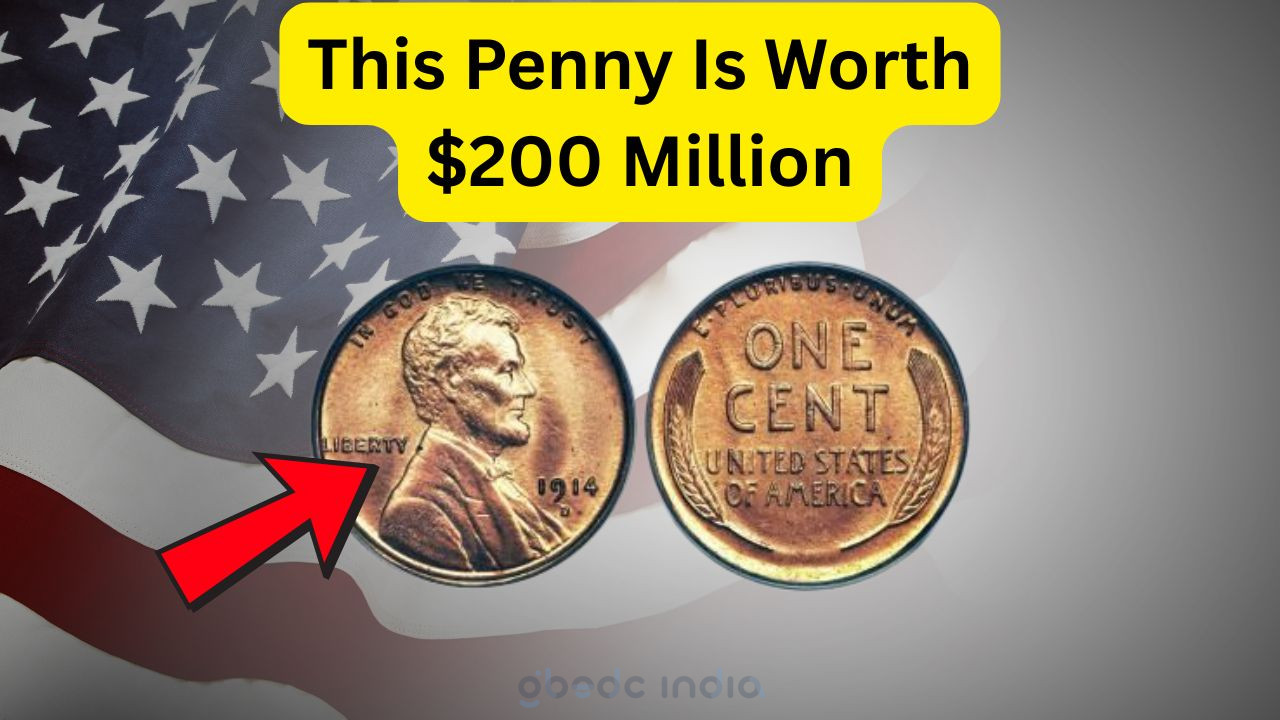Discover the Lincoln Wheat Penny Worth $5.5 Million Still Circulating Today
The world of coin collecting is full of fascinating stories and rare finds, but few are as intriguing as the tale of the Lincoln Wheat Penny, a coin that remarkably still holds a value of $5.5 million while circulating today. This penny, originally minted in the early 20th century, has captivated collectors and historians alike, not only for its financial worth but also for the rich history it embodies. Its continued presence in circulation is a testament to its enduring legacy and the mystique that surrounds it.
The Story Behind the Lincoln Wheat Penny
The Lincoln Wheat Penny, first minted in 1909, marked a significant shift in U.S. coinage. It was the first American coin to feature a real person, President Abraham Lincoln, on its face. This decision was made to commemorate the centennial of Lincoln’s birth, a tribute to one of the nation’s most revered leaders. The penny’s reverse side, adorned with two stalks of wheat, gave the coin its nickname and remained a staple of American currency until 1958, when it was replaced by the Lincoln Memorial design.
- Minted from 1909 to 1958
- Features President Abraham Lincoln
- Two wheat stalks on the reverse side
- Originally composed of 95% copper
- Replaced by Lincoln Memorial design in 1959
Despite its age, the Lincoln Wheat Penny remains a popular collector’s item, largely due to its historical significance and the unique story of its creation. Its value has been further enhanced by the rarity of certain editions, particularly those with errors or produced during specific years with limited runs. These factors contribute to the enduring allure of this seemingly ordinary coin, elevating it to a status far beyond its original monetary value.
What Makes the Lincoln Wheat Penny So Valuable?
The staggering $5.5 million valuation of some Lincoln Wheat Pennies can be attributed to several key factors. Rarity plays a significant role; certain editions of the penny, such as the 1943 copper penny, were produced in extremely limited quantities. The 1943 pennies were generally made from steel due to wartime needs, but a few were accidentally struck in copper, making them highly sought after by collectors. Additionally, the condition of the coin greatly impacts its value. Coins that have been preserved in mint condition, with minimal wear and tear, fetch higher prices in the collector’s market.
Key Factors in Penny Valuation:
- Rarity of specific editions
- Condition and preservation
- Historical significance
- Unique minting errors
- Market demand among collectors
- Authenticity and provenance
How to Identify a Valuable Lincoln Wheat Penny
Identifying a Lincoln Wheat Penny worth millions involves a keen eye and a bit of numismatic knowledge. Collectors often start by examining the coin’s date and mint mark, located just below the date. Key dates to watch for include the 1909-S VDB, 1914-D, and of course, the 1943 copper variant. Another crucial aspect is the coin’s condition, often assessed using the Sheldon Scale, which grades coins from 1 (poor) to 70 (perfect uncirculated). Even minor variations in condition can significantly affect a penny’s value.
Steps to Identifying a Valuable Penny:
- Check the Date: Look for rare years like 1909-S VDB and 1943 copper.
- Examine the Mint Mark: Key marks include S and D for scarcity.
- Assess Condition: Use the Sheldon Scale for grading.
- Look for Errors: Double dies or off-center strikes are valuable.
- Consult Experts: Seek professional appraisal for authentication.
- Research Market Trends: Stay informed on collector demand.
The Most Sought-After Lincoln Wheat Pennies
| Year | Mint Mark | Composition | Rarity | Estimated Value (USD) | Key Feature | Condition |
|---|---|---|---|---|---|---|
| 1909 | S VDB | Copper | High | $1,000,000+ | First year of issue | Mint State |
| 1914 | D | Copper | Moderate | $150,000 | Low mintage | Mint State |
| 1922 | No D | Copper | High | $75,000 | Missing mint mark | Fine |
| 1931 | S | Copper | Moderate | $100,000 | Low mintage | Mint State |
| 1943 | Copper | Copper | Very High | $5,500,000 | Wartime error | Mint State |
| 1955 | Double Die | Copper | High | $75,000 | Double die error | Mint State |
| 1958 | Double Die | Copper | High | $50,000 | Double die error | Mint State |
The Role of Coin Auctions
Coin auctions play a pivotal role in determining the value of rare Lincoln Wheat Pennies. These events bring together collectors, investors, and numismatic experts who assess, bid on, and purchase these coins, often driving up their market value. Auctions can be a double-edged sword, offering both opportunities and risks. While they provide a platform for setting record prices, they also demand careful research and understanding of the bidding process to avoid overpaying or falling for counterfeit coins.
Participating in an auction requires a strategic approach. Bidders need to establish a budget, thoroughly research the coins being auctioned, and understand the auction house’s reputation. It’s also advisable to consult with numismatic experts who can offer guidance on authenticity, grading, and provenance. By doing so, collectors can make informed decisions and potentially acquire a piece of numismatic history at a fair price.
Collecting Tips for Beginners
- Start with affordable coins to build knowledge.
- Join numismatic clubs for community insights.
- Attend coin shows to experience live auctions.
- Invest in coin grading guides and tools.
Preserving the Legacy of Lincoln Wheat Pennies
The legacy of the Lincoln Wheat Penny is preserved through meticulous care and attention to detail. Collectors often use specialized holders, such as coin flips or capsules, to protect their investments from environmental damage. Proper storage away from humidity and direct sunlight is crucial, as these factors can lead to corrosion and reduce a coin’s value. Additionally, handling coins with clean hands or wearing gloves prevents oils and dirt from damaging the surface.
- Use Protective Holders: Safeguard coins from damage.
- Store in Climate-Controlled Environments: Avoid humidity and extreme temperatures.
- Handle with Care: Wear gloves to prevent contamination.
- Regularly Inspect Coins: Check for signs of wear or corrosion.
- Document Provenance: Keep records of purchase history.
- Engage with the Community: Share knowledge and insights.
Where to Find Lincoln Wheat Pennies
| Source | Location | Pros | Cons | Best for |
|---|---|---|---|---|
| Local Coin Shops | City Centers | Expert advice | Higher prices | Beginner collectors |
| Online Auctions | Worldwide | Wide selection | Risk of counterfeits | Experienced collectors |
| Coin Shows | Convention Centers | Networking opportunities | Travel costs | Networking |
| Estate Sales | Local Listings | Hidden gems | Inconsistent availability | Bargain hunters |
| Numismatic Clubs | Community Centers | Shared knowledge | Limited selection | Knowledge exchange |
| Antique Shops | Various | Unique finds | Variable pricing | Casual collectors |
| Online Marketplaces | Worldwide | Convenience | Shipping costs | All collectors |
| Friends and Family | Personal Networks | Trustworthy | Limited options | Starting a collection |
Frequently Asked Questions
Q: How can I tell if my Lincoln Wheat Penny is valuable?
A: Check the date, mint mark, and condition. Rare years like 1909-S VDB and 1943 copper are often highly valuable.
Q: What should I do if I find a rare Lincoln Wheat Penny?
A: Have it professionally graded to confirm its authenticity and value before considering a sale or auction.
Q: Where is the best place to sell a valuable Lincoln Wheat Penny?
A: Reputable auction houses or online platforms with strong buyer protections are ideal for selling rare coins.
Q: Are all 1943 pennies valuable?
A: No, only the 1943 copper pennies are valuable. Most 1943 pennies were made from steel and are common.
Q: How can I get started with coin collecting?
A: Start small, join local coin clubs, attend shows, and invest in books and tools to enhance your knowledge.





